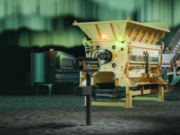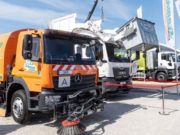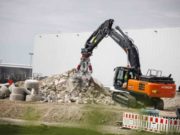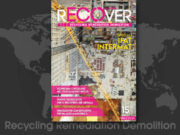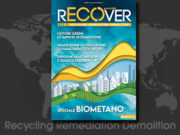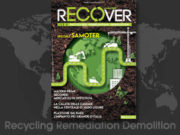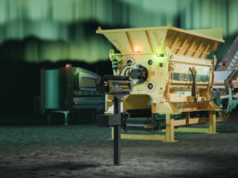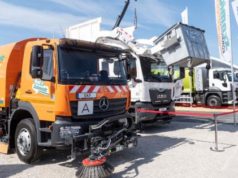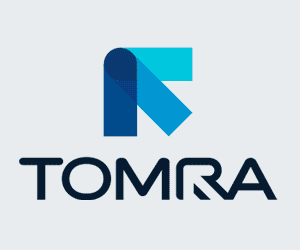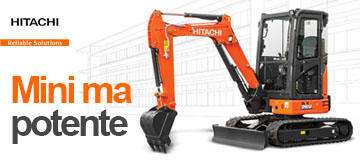
Just as the light green colour of SENNEBOGEN material handlers and cranes stands for leading machine technology in numerous industries worldwide, the same applies to Fendt’s agricultural machines in Fendt Nature Green. From 2020, the telescopic loader built by SENNEBOGEN will be launched in agriculture under the type Fendt Cargo T955.
As a manufacturer, SENNEBOGEN not only introduced a new machine category last year with the launch of the 355 E as the first machine in the Multi Line, but a new production line is also currently being built at the Bavarian Wackersdorf site for the continuous expansion of the future telescopic loader product line. SENNEBOGEN sells the 355 E via its own dealer network primarily in the recycling, port, sawmill and municipal sectors.
Characteristic features of the SENNEBOGEN and Fendt telescopic handlers are their extremely robust design, high performance and the unique elevating cab.
Fendt has great expertise in all agricultural applications. The cooperation between the two companies enables Fendt to market the telescopic handlers under its own brand name in the agricultural sector and to carry out all after-sales activities independently. After an intensive joint test phase, which was successfully completed in the past 12 months, the green cooperation will be launched at Agritechnica 2019. During this test phase, the machine was also optimised to meet the high Fendt requirements and the results were also implemented in series production.












